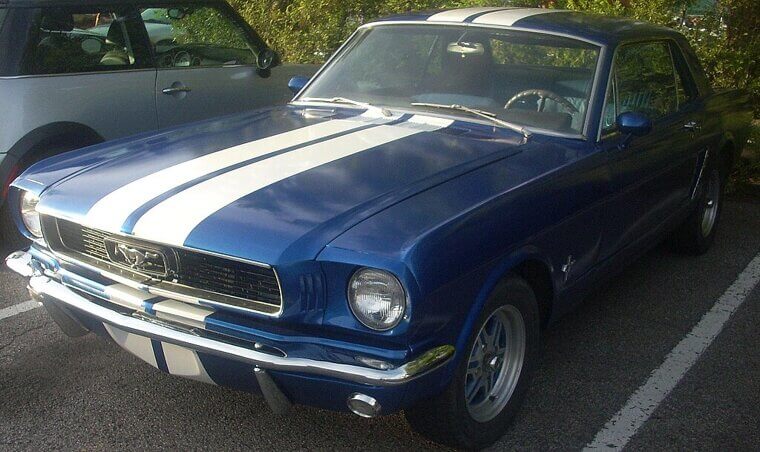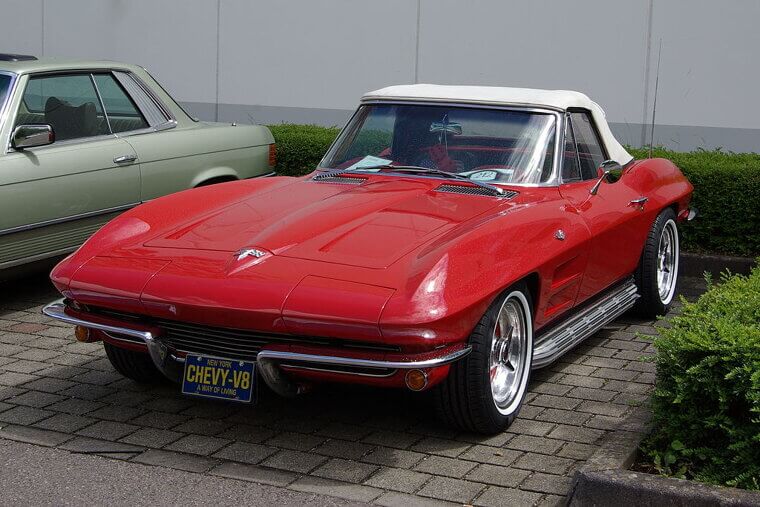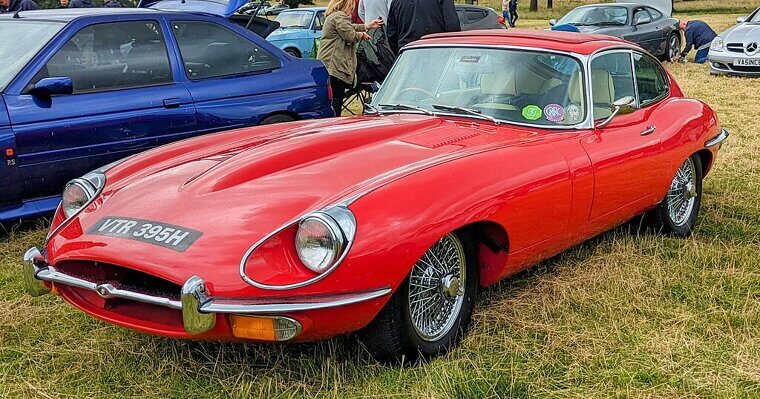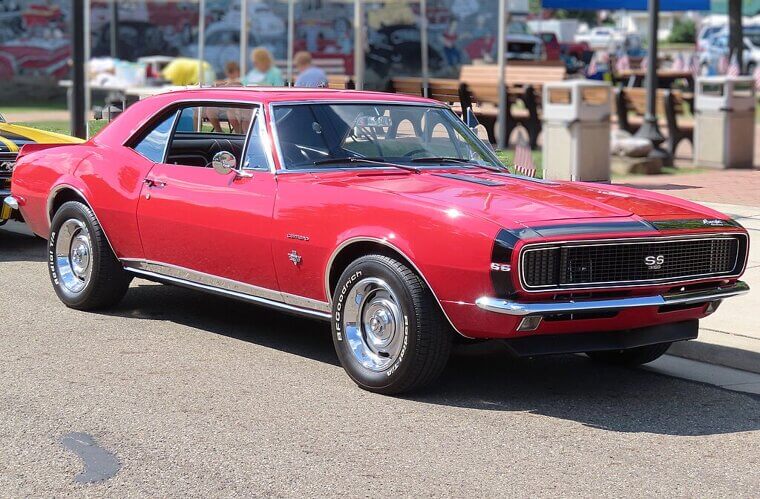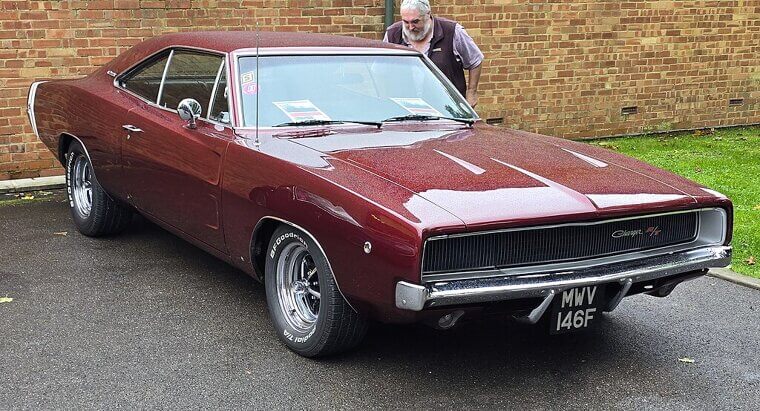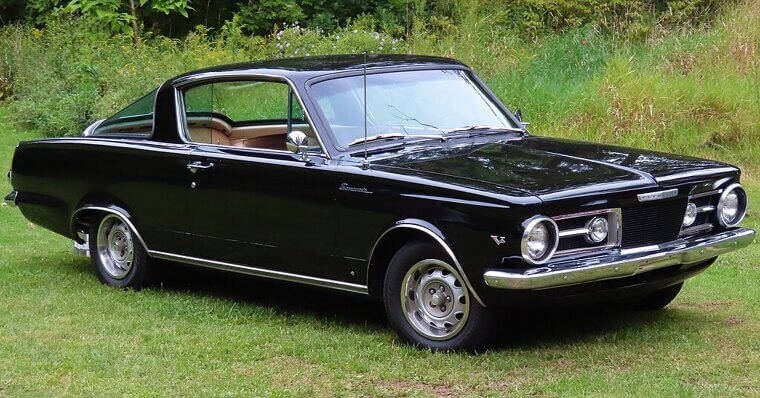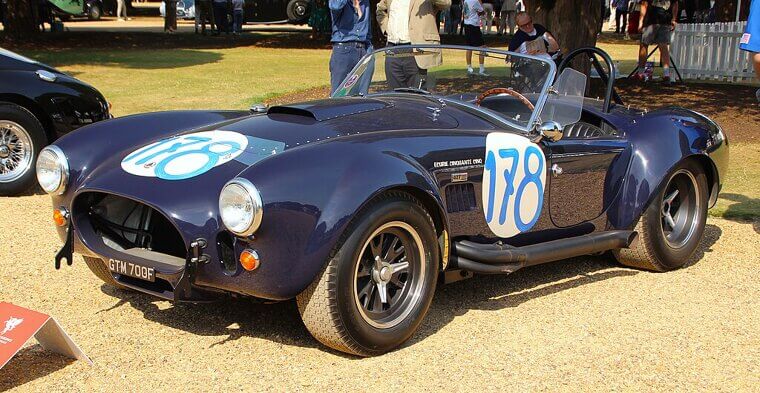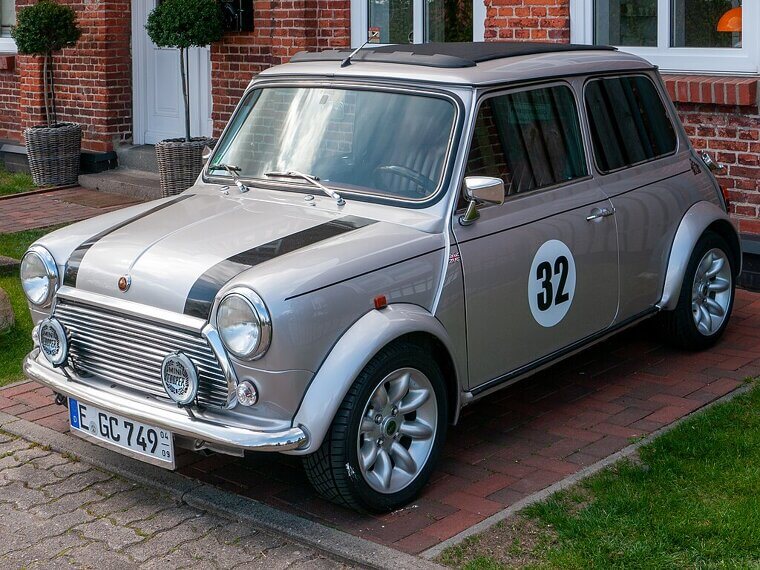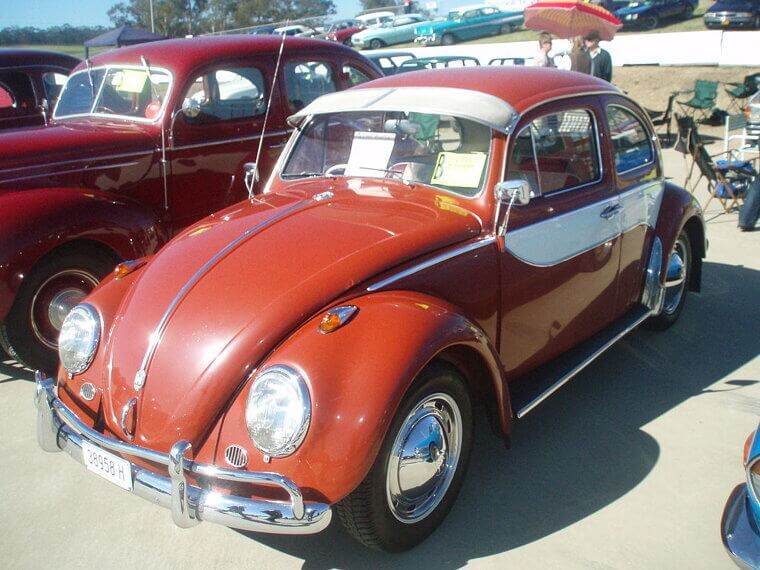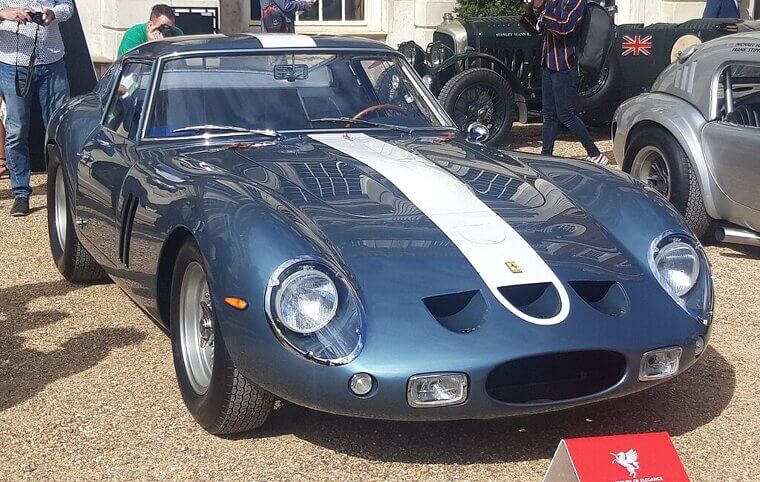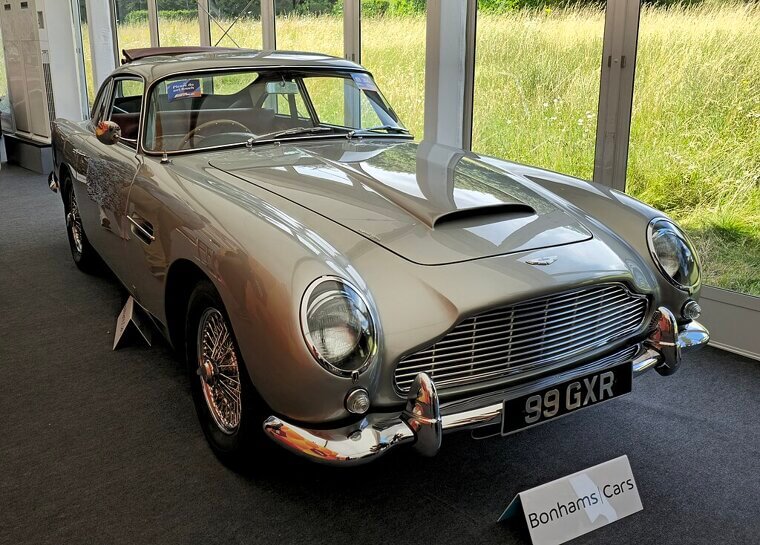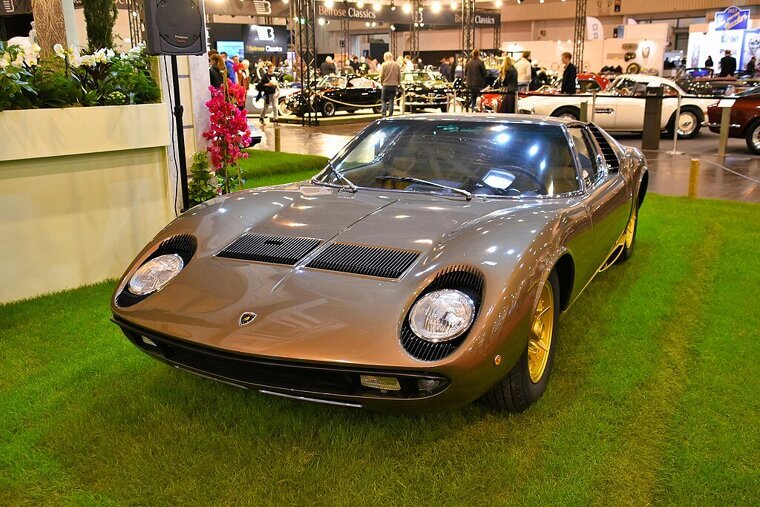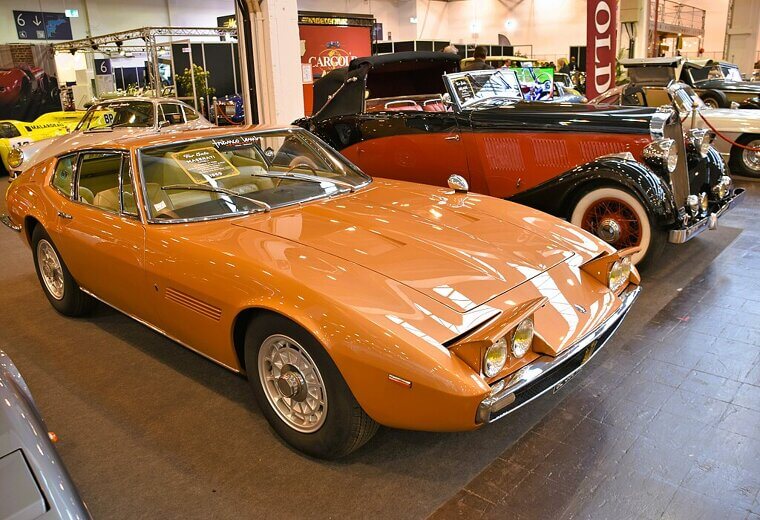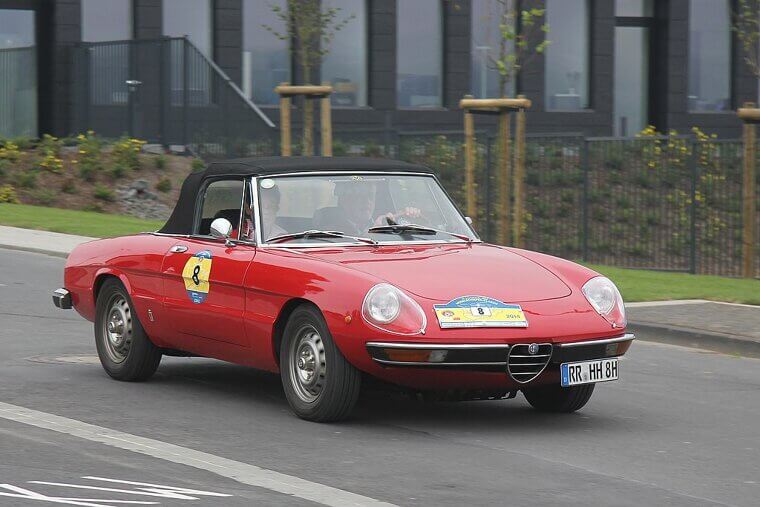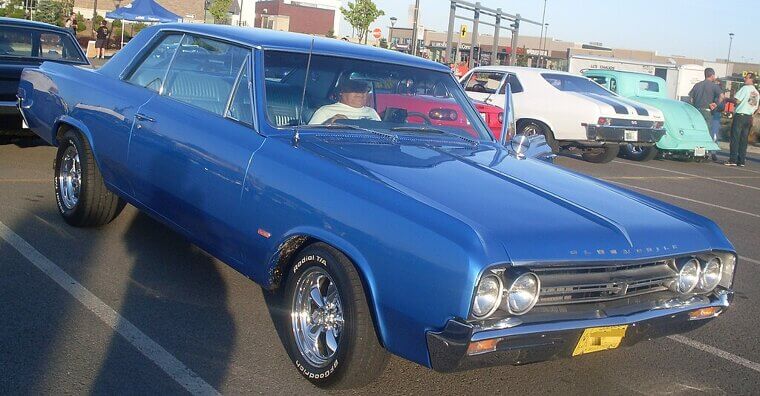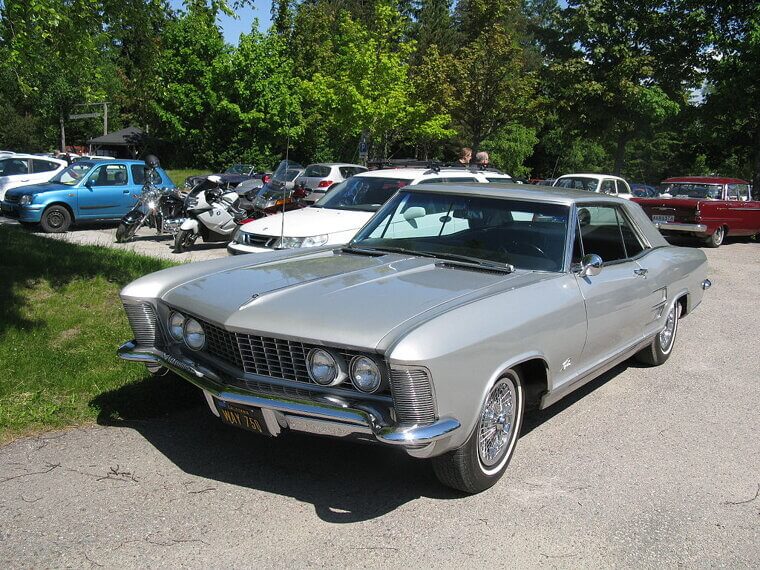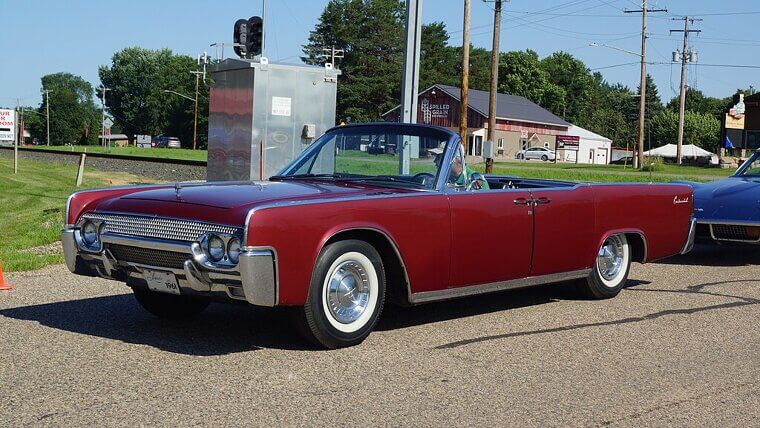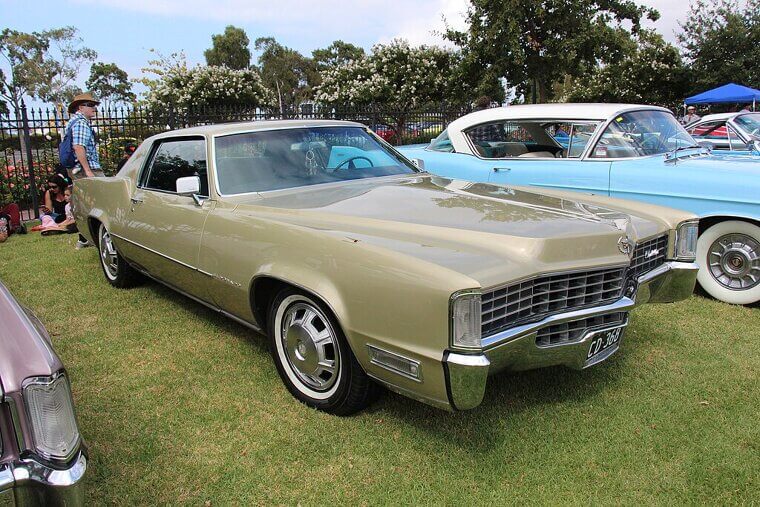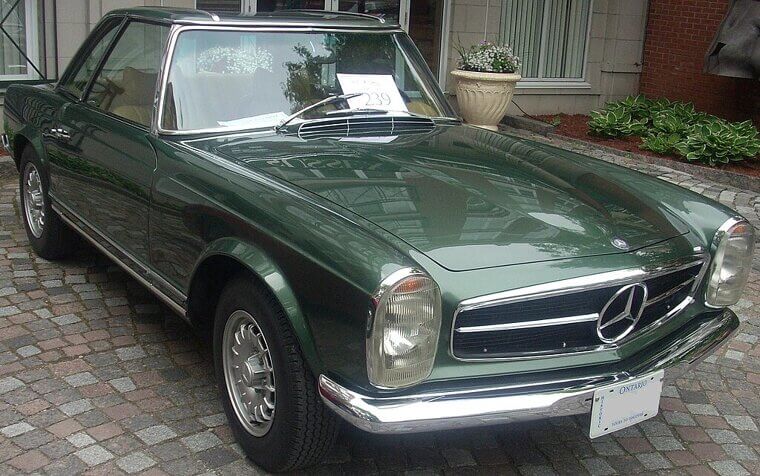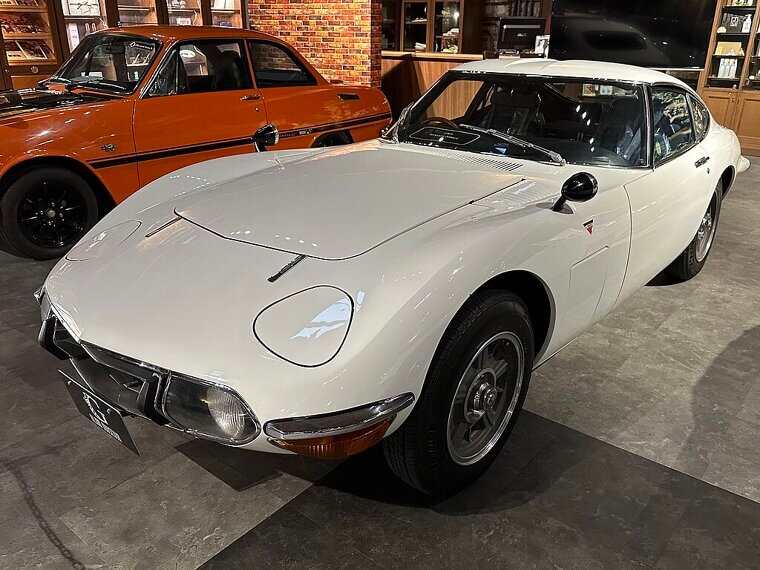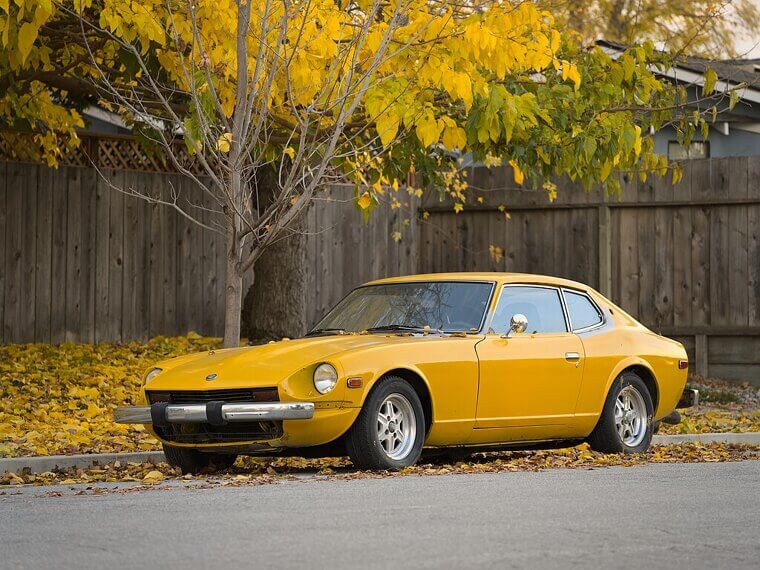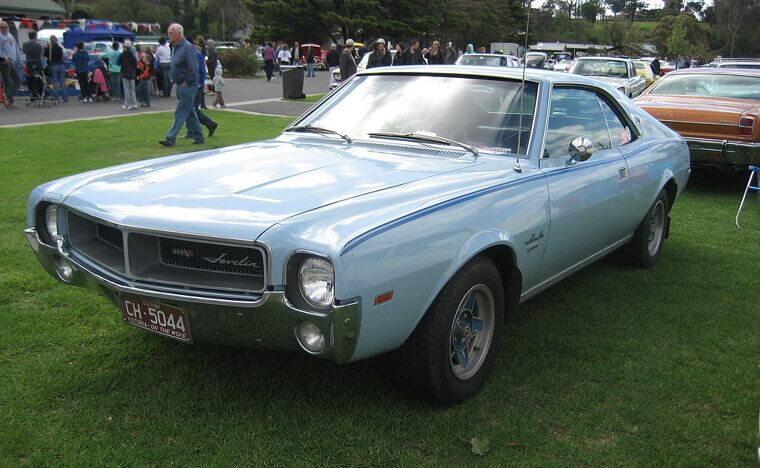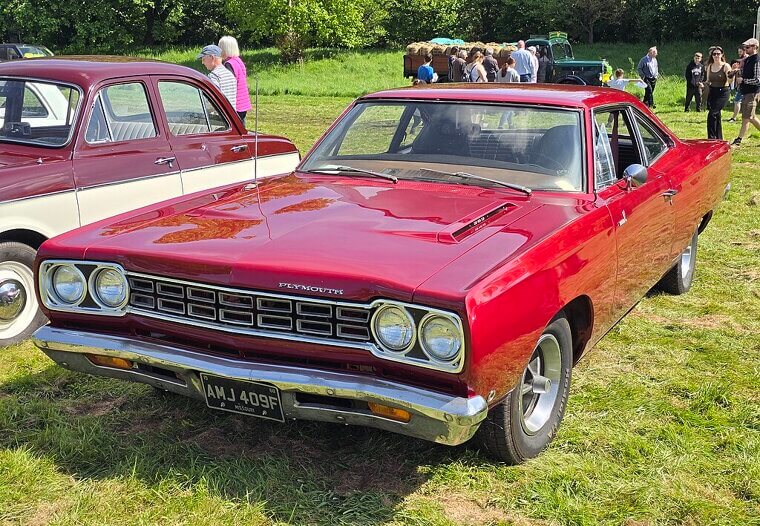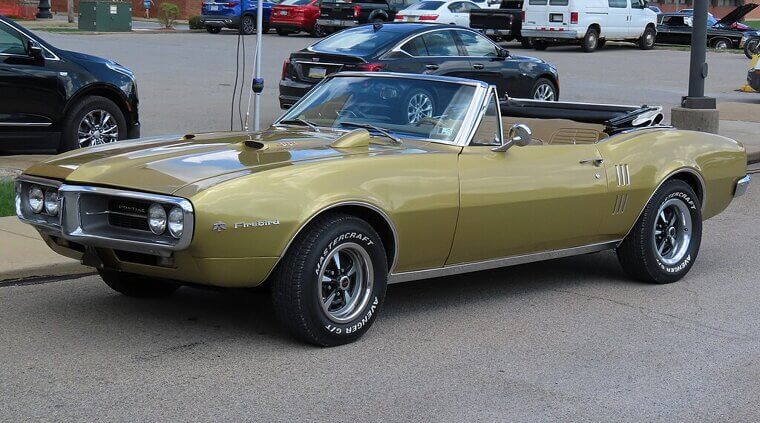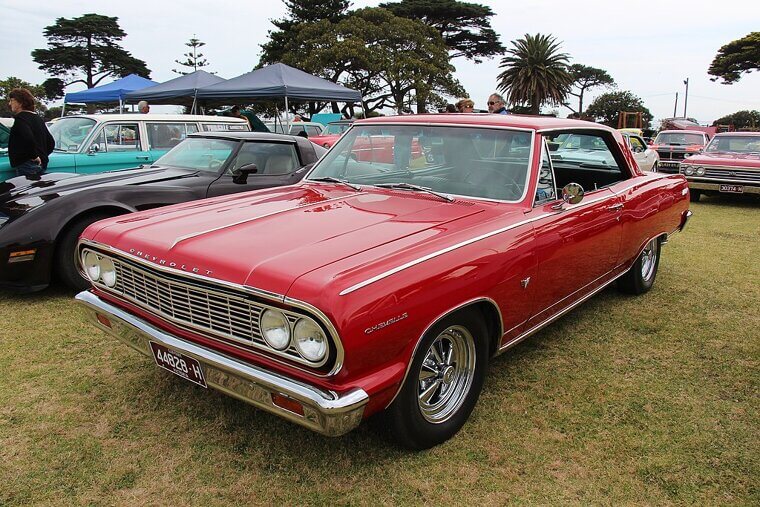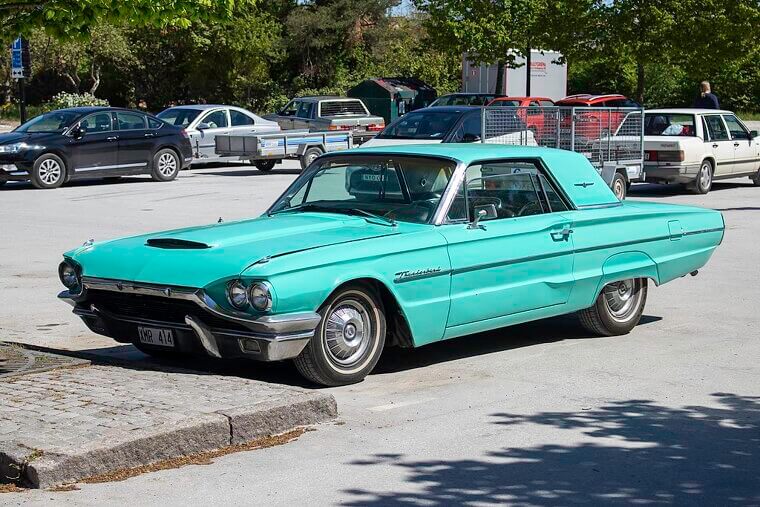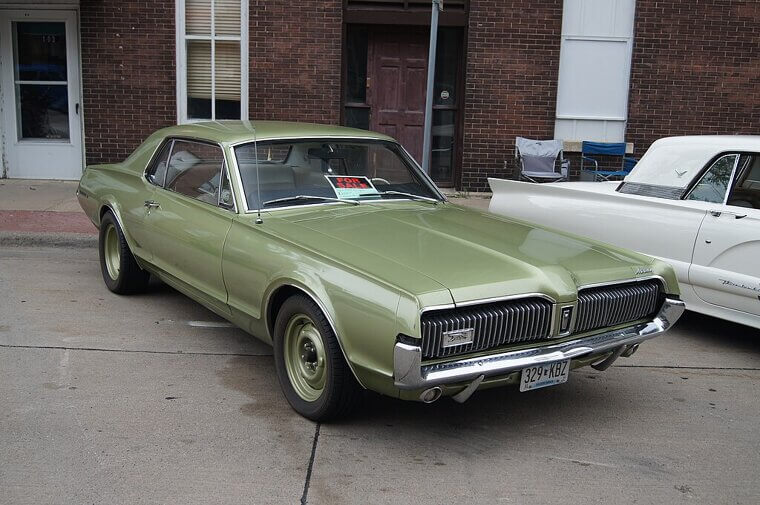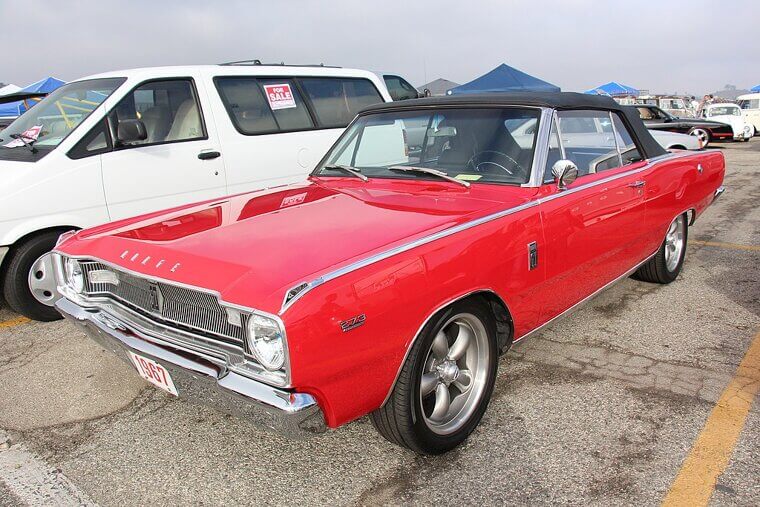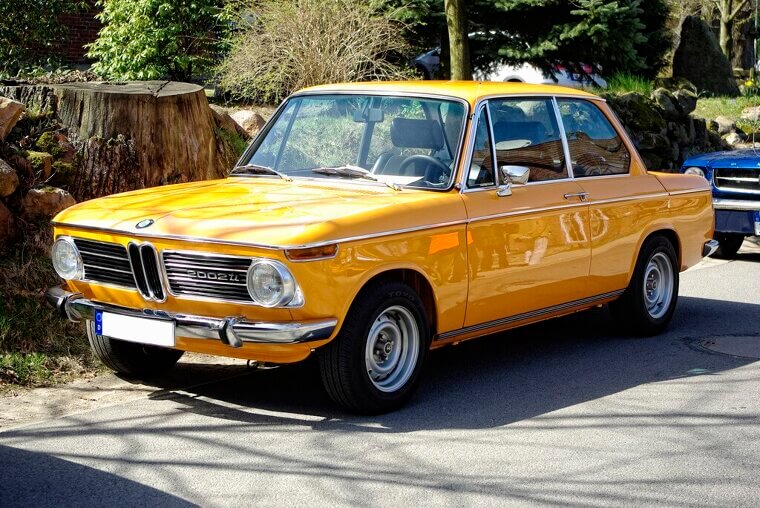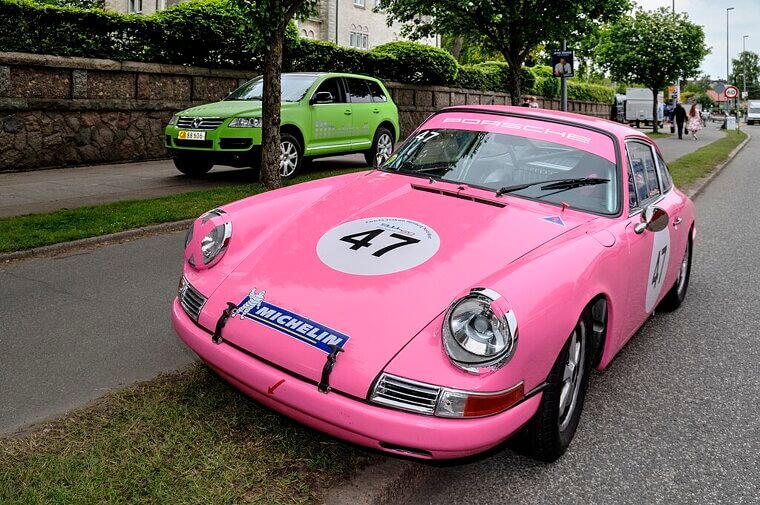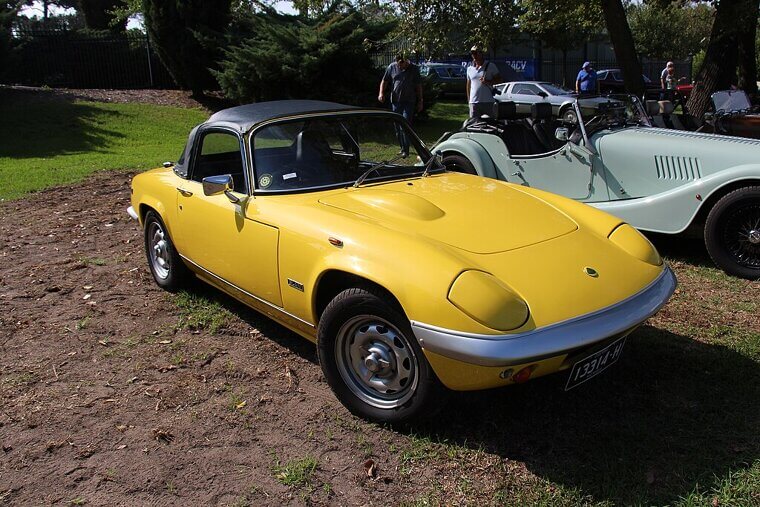Cars From the 1960's Just Feel Different
The 1960s was a decade of cultural revolution, moon landings, and, of course, cars that oozed style and swagger. These rides weren’t just transportation - they were statements! Let’s rewind the clock and celebrate the most iconic cars from the ’60s that burned rubber into history.
Ford Mustang (1964½–1966)
The Mustang’s 1964½ debut was a thunderclap in automotive history, practically inventing the “pony car” class overnight. Affordable, stylish, and infinitely customizable, it became the dream ride for everyone from college kids to cowboys. Ford sold over a million in its first two years alone.
Chevrolet Corvette Sting Ray C2 (1963–1967)
The C2 Corvette looked like a spaceship that ate too much steak, a mix of sleek lines and raw American muscle. With its split rear window (in 1963 only!) and throaty V8s, it’s arguably the sexiest Corvette ever built. It didn’t just drive; it strutted. Instant classic, instant legend.
Jaguar E-Type (1961–1974)
Even Enzo Ferrari called the Jaguar E-Type “the most beautiful car ever made,” and when your competition says that, you’ve won. With its long hood, svelte curves, and smooth inline-six, the E-Type was Britain’s crown jewel. It was as much art as an automobile - this cat had claws.
Pontiac GTO (1964–1974)
Some say the GTO is the muscle car that started it all. Pontiac dropped a massive V8 into a mid-size body, and suddenly everyone needed one. It wasn’t subtle; its hood scoops, badges, and rumbling exhausts screamed “drag strip.” It was Detroit’s way of saying, “More horsepower, fewer questions.”
Chevrolet Camaro (1967–1969)
Chevy’s answer to the Mustang arrived in ’67, and the Camaro immediately became a star. With aggressive styling and a performance lineup that stretched from six-cylinders to the monstrous Z/28 and SS models, the Camaro was all attitude.
Dodge Charger (1968–1970)
With its wide stance, hidden headlights and muscle for days, the second-gen Charger was pure menace. TV shows “Bullitt” and “The Dukes of Hazzard” immortalized this Mopar machine and it became a cinematic and cultural icon. On screen and the drag strip, the Charger was born to break speed limits.
Plymouth Barracuda (1964–1969)
Before the Mustang even hit showrooms, Plymouth dropped the Barracuda - a sporty fastback based on the humble Valiant. Early models were quirky and fun, while later versions evolved into serious muscle. Despite getting overshadowed by rivals, the Barracuda is now a cult favorite.
Shelby Cobra 427 (1965–1967)
Carroll Shelby had one simple idea: shove a massive Ford V8 into a tiny British roadster. The result: The Cobra 427, a fire-breathing, tire-smoking death machine with zero apologies. It was brutal, beautiful and had a subtlety score of zero. It was one of the most iconic sports cars ever built!
Mini Cooper (1959–2000)
The Mini was technically born in ’59, but the ’60s made it a superstar. Compact, cheeky, and unexpectedly nimble, it dominated rally racing and became a symbol of Swinging London. While American muscle cars flexed, the Mini laughed all the way to the podium, proving size isn’t everything.
Volkswagen Beetle (1938–2003)
It’s older than the ’60s, but that’s when the Beetle became a counterculture darling. Affordable, reliable, and endlessly customizable, it was the hippie chariot of choice. Peace signs, flower decals, and that iconic “Herbie” charm made it a rolling symbol of rebellion (and practicality).
Volkswagen Type 2 Microbus (1950–1967)
The Microbus wasn’t just a car - it was a rolling manifesto of peace, love, and rock ‘n’ roll! Its boxy charm and cavernous interior made it the ultimate road trip vessel for hippies and bands alike. Slow, quirky, and endlessly photogenic, it defined an era like no other van could.
Ferrari 250 GTO (1962–1964)
The 250 GTO is the stuff of automotive legend, combining rare beauty with blistering performance. With its limited production and racing pedigree, it became the Ferrari everyone dreamed about but almost no one owned. Even today, its $70+ million auction record proves: some cars aren’t just icons - they’re untouchable royalty.
Ferrari 275 GTB (1964–1968)
Sleek, powerful, and unmistakably Italian, the 275 GTB fused elegance with raw V12 performance. It was a car for collectors, movie stars, and anyone who wanted to make a grand entrance. It was a ’60s poster-car with flowing curves and an engine that purred like a lion.
Aston Martin DB5 (1963–1965)
The DB5’s silver charm made James Bond look cooler than anyone else on the planet. Beyond its gadget-laden cinematic fame, it was a classy British grand tourer with smooth lines and a powerful straight-six. Driving one instantly conferred sophistication (and a desire to launch rockets at bad guys).
Lamborghini Miura (1966–1973)
The Miura is widely credited as the first supercar. With a transverse V12 tucked behind the seats, it was exotic, outrageous, and utterly revolutionary. Its design still turns heads today, proving that sometimes, pushing boundaries (and speed limits) never goes out of style.
Maserati Ghibli (1967–1973)
The Ghibli blended Italian flair with luxury performance, offering long-hood elegance and a snarling V8. Smooth, fast, and impossibly stylish, it gave wealthy enthusiasts an edge of daring sophistication without even trying.
Alfa Romeo Spider Duetto (1966–1969)
This charming little convertible oozed Italian style and romance. Famously starring in “The Graduate,” the Spider Duetto combined nimble handling with an effortlessly sexy look. It wasn’t about raw speed; it was about flair, wind-in-your-hair moments, and making pedestrians stop mid-step to admire your ride.
Ford GT40 (1964–1969)
Born to beat Ferrari at Le Mans, the GT40 became an American racing legend. Its low, aggressive stance and monstrous V8s made it a track-dominating brute. The GT40 wasn’t just a car, it was a statement: Americans could out-engineer Italians, with style and an echoing roar.
Oldsmobile 442 (1964–1967)
The 442 blended the fun of muscle and everyday usability. With a snappy V8, strong brakes, and a look that meant business, it became a poster child of the muscle car era. Affordable, fast, and street-smart, the 442 was the kind of car teenagers pinned on their bedroom wall.
Buick Riviera (1963–1965)
The Riviera was Buick’s answer to “grand touring cool,” merging luxury with aggressive styling. Its sweeping lines and hidden headlights screamed elegance and attitude at the same time. It was a moving symbol that America could produce something as stylish as Europe, yet still pack a V8 punch.
Lincoln Continental (1961–1969)
The Continental’s iconic rear-hinged “suicide doors” made every entry and exit a statement. Roomy, plush, and impossibly American, it screamed wealth and style without saying a word. This land yacht combined luxury, drama, and a touch of theatrical flair (doors first, of course).
Cadillac Eldorado (1967–1970)
The Eldorado was Cadillac’s ultimate land yacht: long, low, and dripping with chrome. Front-wheel drive? Check. Power? Plenty. Style? Off the charts. It turned streets into red carpets and drivers into stars. If excess were an art form, the Eldorado would be its masterpiece.
Mercedes-Benz 280 SL “Pagoda” (1963–1971)
The “Pagoda” SL was elegance in German steel. Its concave hardtop, refined inline-six, and precise handling made it a favorite for the affluent and suave. Understated yet powerful, it was the kind of car that whispered “sophistication” instead of shouting.
Toyota 2000GT (1967–1970)
This was Japan’s declaration: “We can make exotic supercars, too.” Low, sleek, and handling like a dream, it stunned collectors and enthusiasts alike. It was rare, powerful, and impossibly stylish - the 2000GT was a symbol of Japan stepping confidently onto the global sports car stage.
Datsun 240Z (1969–1973)
The 240Z brought Japanese reliability to sports car excitement. Affordable, lightweight, and with a snappy inline-six, it challenged European favorites. Drivers got thrills without bankruptcy, and it quickly became a poster car for speed and style.
AMC Javelin (1968–1974)
AMC’s Javelin was the scrappy underdog of the pony car wars. Bold styling, potent engines, and affordable fun gave Detroit a sleeper hero. It wasn’t as famous as Mustang or Camaro, but it held its own in races and on the streets.
Plymouth Road Runner (1968–1970)
Simple, cheap, and ridiculously fast, the Road Runner put muscle into everyday fun. With a honking horn straight out of cartoons and enough V8 power to embarrass pricier competitors, it was the people’s muscle car. It was America’s automotive joke that everyone loved.
Pontiac Firebird (1967–1969)
The Firebird roared onto the scene as Pontiac’s statement pony car, with aggressive styling and plenty of performance options. From the sly “screaming chicken” hood graphics to the rumble of a V8, it was as much about attitude as speed.
Chevrolet Chevelle SS (1964–1967)
Combining classic muscle power with subtle, serious styling, the Chevelle SS wasn’t the flashiest car, but its 396 V8 reminded you who ruled the streets when you slid behind the wheel! Straight-line speed, intimidation factor, and that perfect 1960s grille made it an icon with growl.
Ford Thunderbird (Fourth Gen, 1964–1966)
The fourth-gen Thunderbird traded hard edges for sleek lines and luxurious touches. The two-seat days were out; in came space, comfort, and V8 swagger. It was a personal luxury car that whispered “style and sophistication” while still packing enough punch to remind you it could boogie.
Mercury Cougar (1967–1970)
The Cougar was Mercury’s answer to the Mustang craze: slightly bigger, slightly more refined, and oozing style. With its hidden headlights and sweeping lines, it offered muscle with a touch of class. It was sleek enough to impress and powerful enough to thrill.
Dodge Dart GTS (1967–1970)
The Dart GTS proved that even compact cars could pack serious muscle. Lightweight and nimble with a V8 under the hood, it was the ultimate affordable thrill. It might not have been the flashiest on the block, but on twisty roads or drag strips, the GTS earned instant respect (and a few jealous glances).
BMW 2002 (1968–1976)
The 2002 put BMW on the map as a maker of fun, sporty compacts. Nimble, precise, and featuring an engaging engine, it turned ordinary streets into racetracks. Its understated design masked the pure driving joy inside, making enthusiasts swoon.
Porsche 911 (Early SWB Models, 1964–1969)
The early 911 SWB (short-wheelbase) models were Porsche’s perfect storm of agility, design, and charisma. Nimble handling, flat-six soundtrack, and unmistakable silhouette made it the poster child for German sports cars. It was slightly challenging to drive, but that only added to the thrill and allure.
Lotus Elan (1962–1973)
The Lotus Elan was tiny, light, and pure driving bliss. With its clever engineering and superb handling, it outmaneuvered much bigger sports cars effortlessly. Its charming design and open-top fun made it an aspirational toy for enthusiasts. Lotus proved that in the ’60s, small could be exhilarating and unforgettable.


